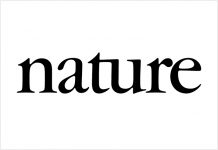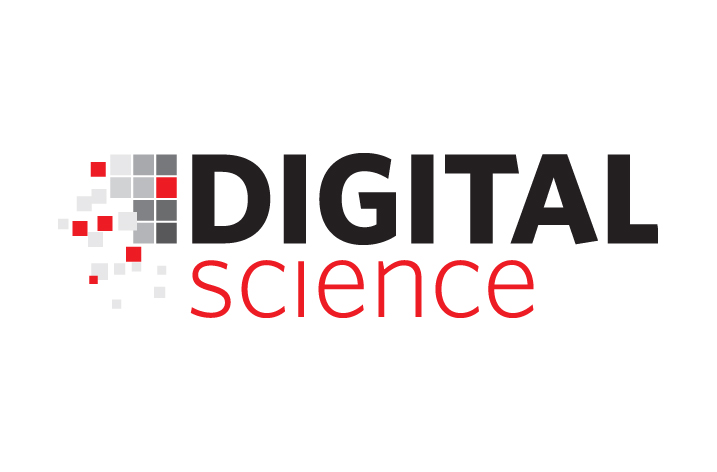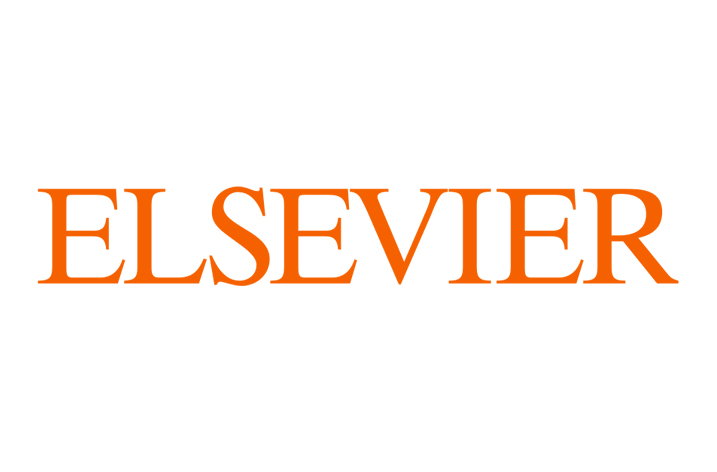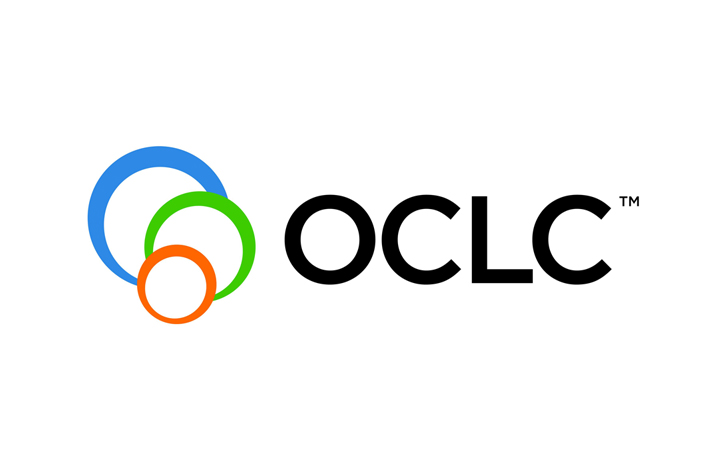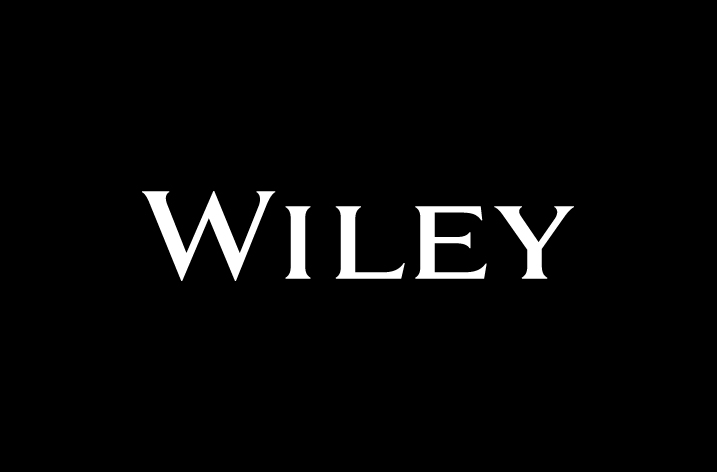
New data from the Nature Index show that as corporations have scaled back their own in-house research, there has been a surge in collaboration withacademic and government research bodies, as they look to share the burden of scientific discovery.
These findings are featured in the Nature Index 2017 Science Inc. supplement, published today, which investigates corporate institutions’ changing role in science, how the academic research landscape is evolving as a result, and the costs and benefits of these shifting arrangements to high-quality research.
Previous research has shown that the long-term decline in corporate scientific output – evident across every industrial sector, from electronics to telecommunications to pharmaceutical industry – has coincided with a reducing investment in research. Between 1980 and 2006, the share of corporate investment in basic and applied research in the United States, as a proportion of total research and development funding, shrank from 26% to 22%. According to researchers at Duke University, in 1980 the average US corporation published 29 papers a year in the Web of Science database, but by 2006 this had fallen to 12 papers.
However, while overall corporate research output has declined, data from the Nature Index show that the number of partnerships between businesses and academic or government institutions in the index has more than doubled over the past five years, from 12,672 connections in 2012 to 25,962 in 2016. Over the same period, close to 90% of the papers that corporations authored in journals included in the Nature Index were in collaboration with researchers in academic or government labs.
According to the supplement, this shift towards corporate–academic collaboration could help broaden the reach of scientific research, as well as improve academic productivity. An analysis of the high-quality papers tracked by the index showed that academic publications were more likely to attract public attention if they included a corporate co-author, as measured by their Altmetric Attention Score, which tracks discussion around published papers including news articles, policy documents and blog and social media posts.
At the same time, as corporate–academic collaborations are on the rise, academic institutions themselves are becoming increasingly focused on applied research. American universities are filing patents at an increasing rate, from 2,266 in 1996 to 5,990 in 2014. The number of university-spawned start-ups nearly doubled from around 400 in 2001 to nearly 760 in 2013. Compared to a decade ago, more patents also cite more science and engineering literature, but only a small fraction of the cited articles are authored by corporations.
David Swinbanks, founder of the Nature Index, said: “The supplement demonstrates a fundamental shift towards greater collaboration in high-quality research between industry and academia. This is a result of increased convergent outsourcing of research by industry, combined with more recent pressure from governments on universities and public research institutions to produce research of more immediate relevance to society and commercial applications. Whilecloser collaboration between industry and academia is desirable, the longer-term concern is that it could shift the balance between basic and applied research in research institutions. It is worth noting that many of the major contributions of science to innovation have roots in exploratory basic research carried out decades ago that had no obvious application at the time.”
Data from the Nature Index over the five year period between 2012 and 2016 also show which countries are the leading sources of corporate high-quality research, as well as the countries where businesses are contributing the most in terms of countries’ overall output.
US corporations represent almost half (49.25%) of all global corporate research tracked by the Nature Index. Japan is second, with a 10.65% share, followed by the UK (6.07%), China (5.03%) and Germany (4.99%).
Switzerland, with its leading pharmaceutical companies, has the highest corporate share of total country output at 3.73%. Japan again is second at 3.34%, followed by South Korea at 3.18%. In the United States this figure is 2.76%, and the UK 1.83%.
The top performing corporate institutions for high-quality science for the five-year period from 2012 to 2016 are listed in the supplement’s tables. IBM Corporation, the American technology giant, is first globally, followed by Swiss pharmaceutical companies F Hoffmann-La Roche AG (second) and Novartis International AG (third). South Korea’s Samsung Group is fourth, followed by Pfizer Inc., Merck & Co., Inc. and Nippon Telegraph and Telephone Corporation (NTT), the highest entry from Japan, respectively. Two British pharmaceutical companies, GlaxoSmithKline plc (ninth) and AstraZenica plc (tenth), complete the top ten.
The supplement also shows the most productive corporate–academic collaborations, ordered by their bilateral collaboration score between 2012 and 2016. Novartis’ partnerships with the University of Basel and Harvard University are first and third respectively. The partnership between South Korea’s Samsung and Sungkyunkwan University is second, and BGI in China and the University of Copenhagen is fourth.
More information about the Nature Index is available at natureindex.com.





